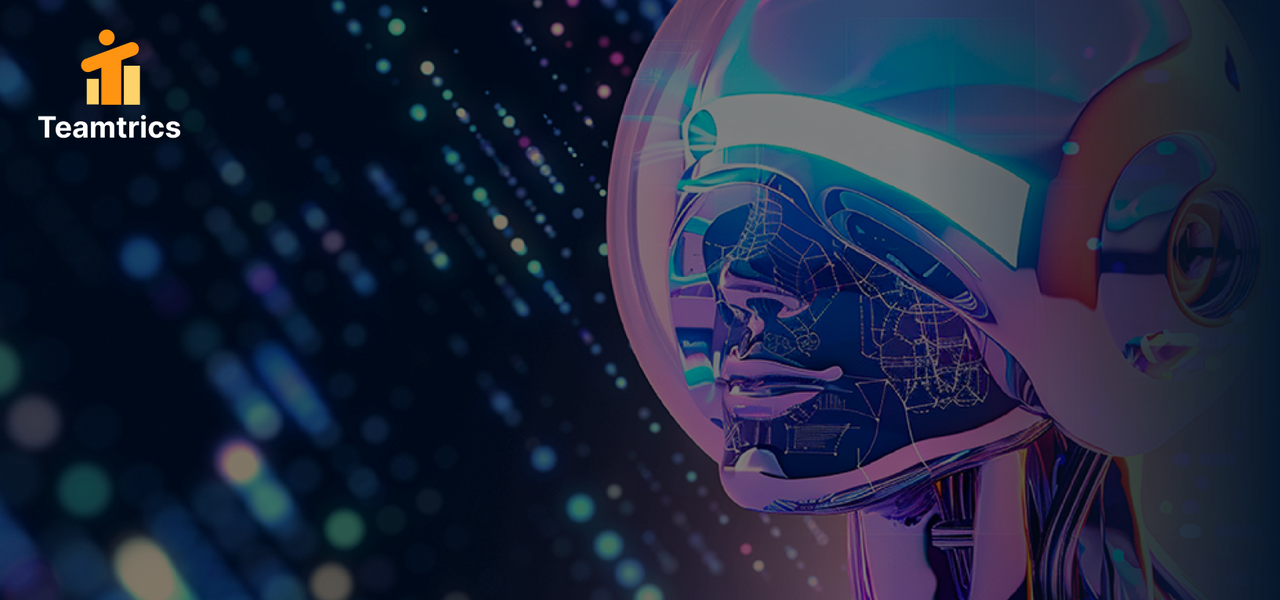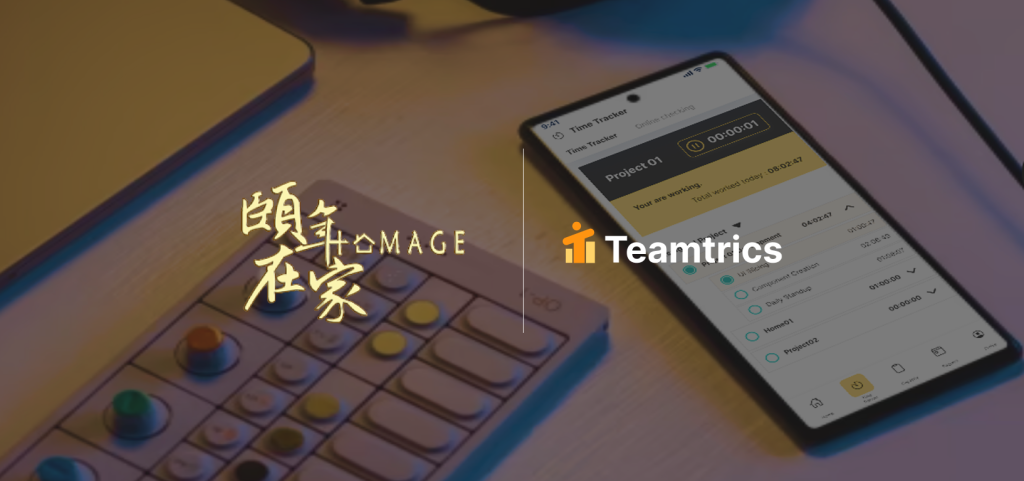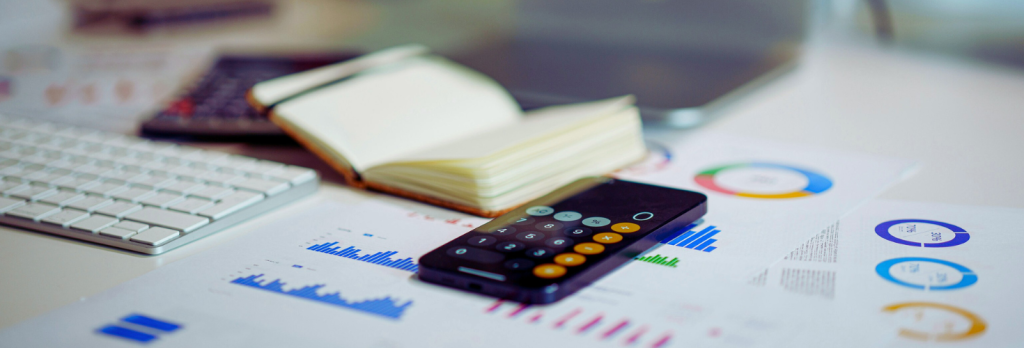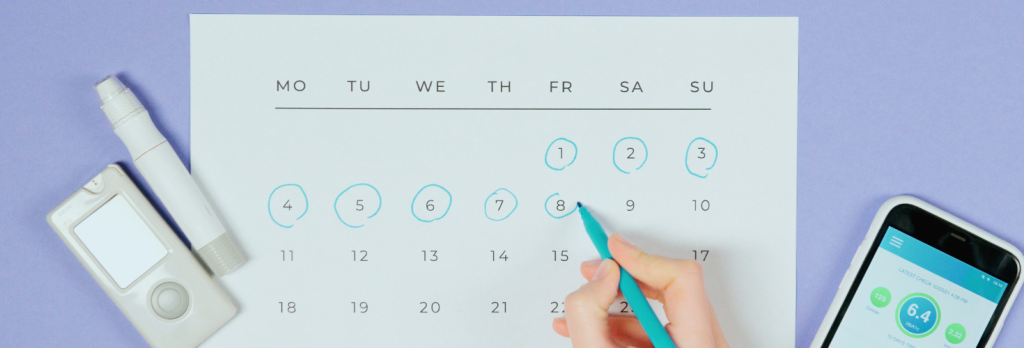The rise of Service-as-Software (SaSo) marks a pivotal shift from traditional SaaS models. As AI tools become more autonomous, the future of work demands solutions that combine intelligent automation with human-centric productivity. This blog explores how SaSo-based systems and AI-powered platforms are transforming project management, remote team collaboration, and employee wellness. Discover why the move from SaaS to SaSo aligns with the demands of hybrid work, sustainable performance, and ethical tech. Platforms like Teamtrics reflect this shift by offering productivity insights without invasive tracking. Keywords: SaSo system, AI tools, project management software, hybrid work, remote collaboration, performance review.
What Is SaSo, and Why It’s the Natural Evolution of SaaS
Software-as-a-Service (SaaS) gave us access to powerful platforms, but most tools today still depend on constant human input. Enter Service-as-Software (SaSo), the next evolution. SaSo shifts from delivering just software to delivering outcomes. It uses AI to act autonomously, with contextual awareness, making decisions like a team member, not just a tool.
To simplify, a SaSo-based system is a software platform powered by intelligent agents (like AI or automation systems) that delivers a service outcome autonomously, rather than just providing tools for users to do the work themselves.
In simpler terms:
- SaaS = software that needs human input
- Example: You use a project management tool to assign tasks.
- SaSo = software that acts like a virtual team member
- Example: The system auto-analyzes team performance, suggests improvements, assigns work based on capacity, and flags wellness risks , without you needing to prompt it.
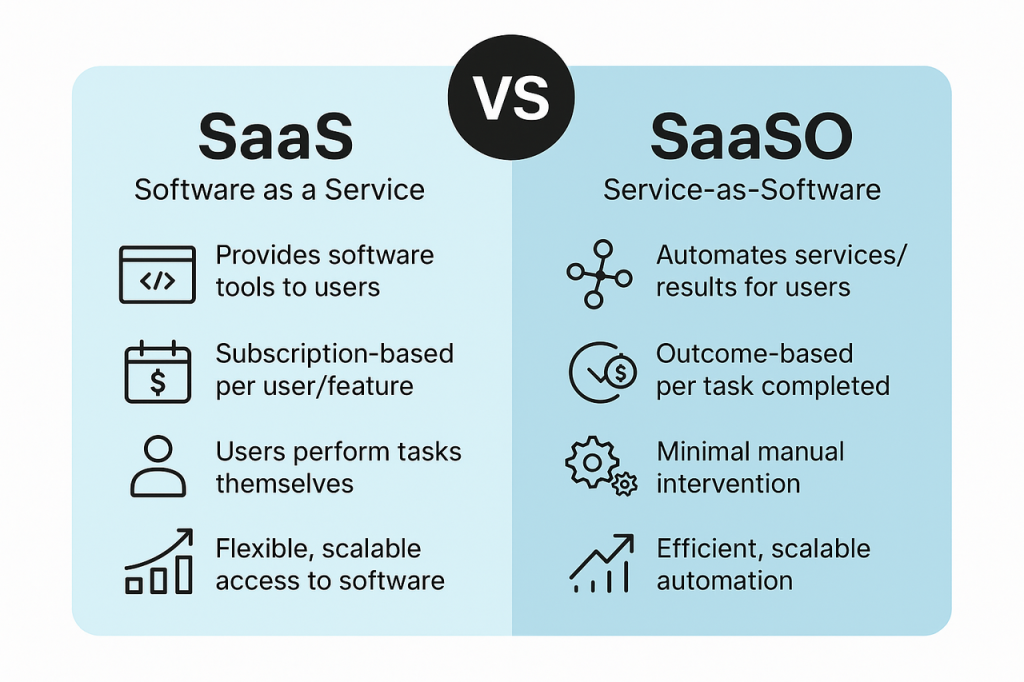
SaSo-Based Systems: Built for Autonomy, Not Just Automation
While SaaS automated many routine tasks, SaSo systems go further. They don’t just wait for a prompt, they predict needs and act. Think AI tools that auto-schedule meetings based on your energy peaks, optimize workflows, or detect burnout trends in real time. These systems are context-aware and goal-driven, reshaping how we interact with software.
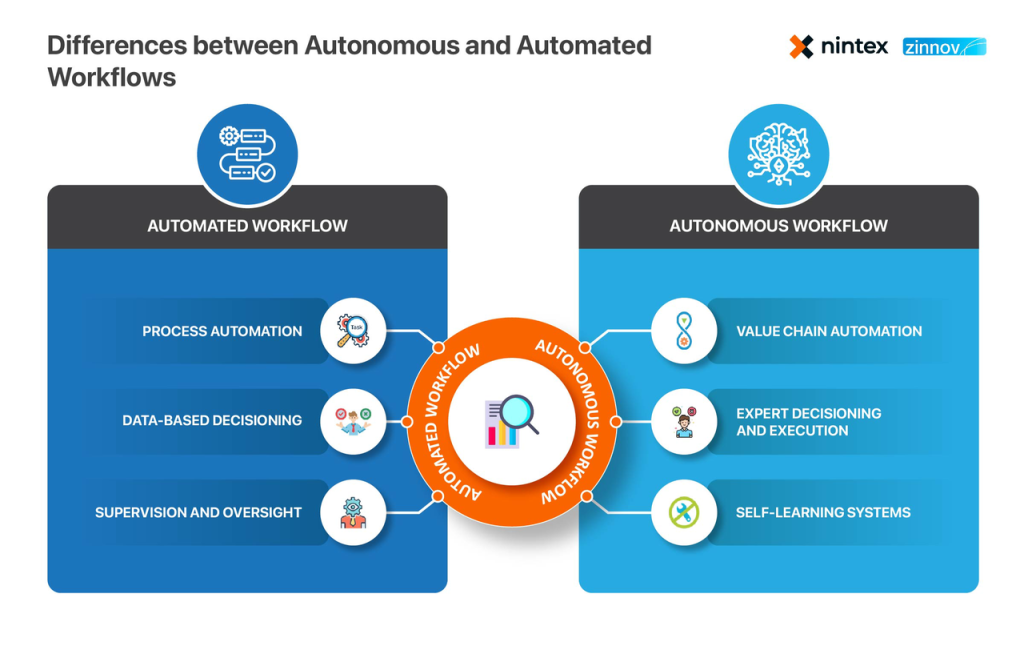
Why AI Tools Are the Backbone of the SaSo Movement
Agentic AI is what makes SaSo possible. These AI tools are not just reactive, they adapt, learn, and personalize over time. Whether it’s customizing work dashboards, predicting task delays, or aligning team performance with wellness signals, SaSo-powered tools ensure real-time intelligence at scale. This shift unlocks both smarter management and a more humane work experience.
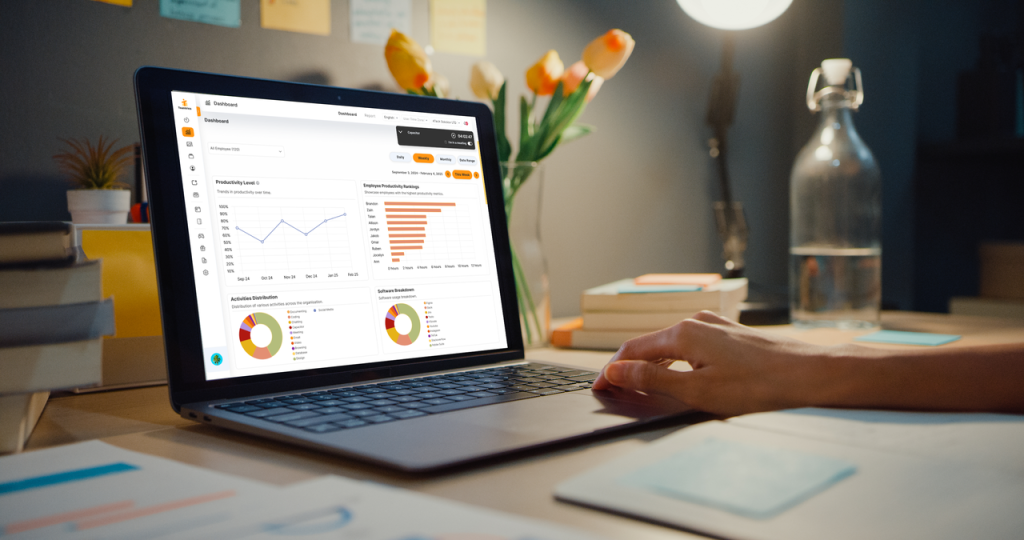
Use Cases: How Teams Are Already Using SaSo in 2025
From cybersecurity to CRM, SaSo-based systems are already transforming how teams operate:
- Productivity tools track engagement levels and output, offering recommendations to optimize time.
- AI CRMs that personalize follow-ups based on buyer behavior, no manual tagging needed.
- Security platforms that autonomously detect and respond to threats in seconds. These tools reduce decision fatigue and make your digital infrastructure truly intelligent.

See how Teamtrics supports sustainable growth, request a free walkthrough.
Why the SaSo Shift Matters for the Future of Work
Modern teams, especially remote and hybrid, need more than dashboards. They need software that supports autonomy, minimizes burnout, and enhances performance. SaSo helps teams avoid micromanagement by emphasizing outcomes over hours. It respects privacy, embraces human-centered metrics, and encourages collaboration between AI and employees.

Preparing for the SaSo Era: What Businesses Should Do Now
Ready to future-proof your workplace?
- Audit your SaaS stack. Where is manual input still the norm?
- Trial AI tools that provide autonomous insights, don’t wait for perfection.
- Shift focus from task completion to strategic outcomes and energy management. By adopting agentic design, businesses can build workflows that are not just efficient, but meaningful.
Conclusion:
SaSo isn’t just a buzzword, it’s a radical shift in how software serves people. By blending AI, autonomy, and empathy, it builds smarter systems that prioritize both productivity and wellbeing. Companies embracing SaSo today are shaping a better future of work, more resilient, more human, and more efficient.
If you’re rethinking your approach to team performance and digital tools, now’s the time to act.
FAQs:
- What is the difference between SaaS and SaSo?
SaaS provides tools, while SaSo delivers outcomes using autonomous AI agents. SaSo adapts in real time, reduces digital noise, and supports both productivity and well-being. - How does SaSo impact remote or hybrid teams?
SaSo tools empower flexibility by offering personalized recommendations, reducing burnout, and making work more outcome-focused, not time-logged. It’s ideal for WFH, hybrid, and async teams. - Why should teams consider adopting a SaSo-based system now?
As remote and hybrid work become the norm, teams need scalable and responsive systems. SaSo tools like Teamtrics help reduce burnout, enhance productivity, and provide insights without invasive monitoring. Early adoption helps businesses stay competitive and people-focused.

